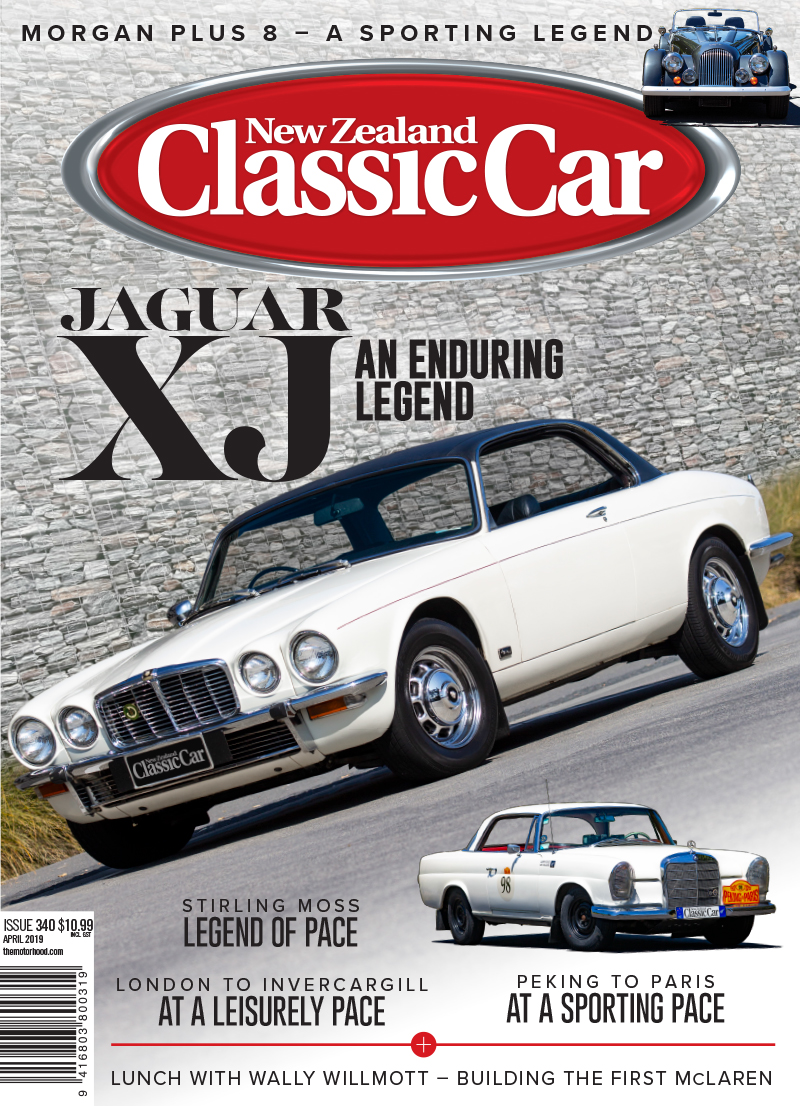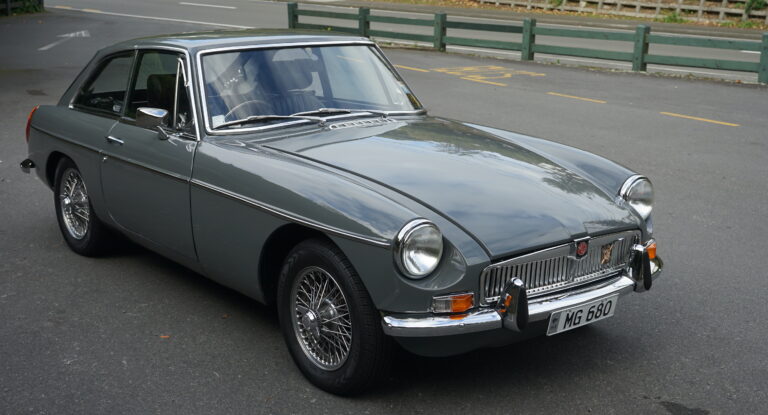Perhaps New Zealand Classic Car is breaking some unwritten rule
by including a column on classic motorcycles…

We had barely got started when our Velocette Viceroy scooter attracted the eyes of a time-travelling copper, mounted on another Velocette, a police Velocette LE. John Meharry, who owns both bikes, agreed to don the police uniform for our little flashback photo. In reality the LE, which stands for Little Engine, would have struggled to catch the Viceroy, which was a hell of a scooter.
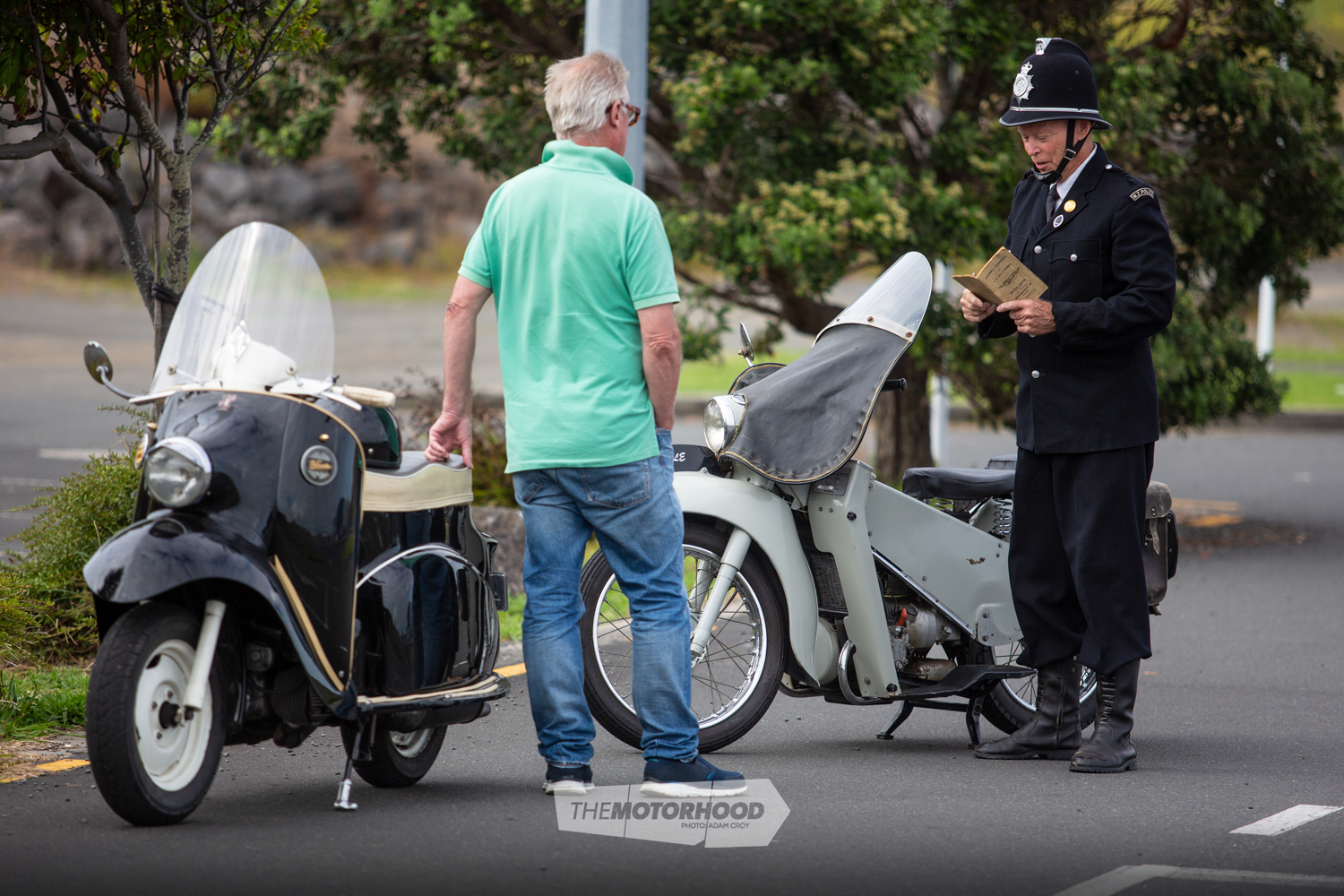
The Viceroy was as good as Velocette could make it. The company invested heavily in tooling for the new design electric-start engine, transmission and body. The twin is smooth and powerful, it can easily hit 100km/h and the ride is comfortable. All of which means the Viceroy can take club runs with other ‘proper’ Velocettes in its stride — despite the snubs from other club members who hold it responsible for the death of their favourite marque.
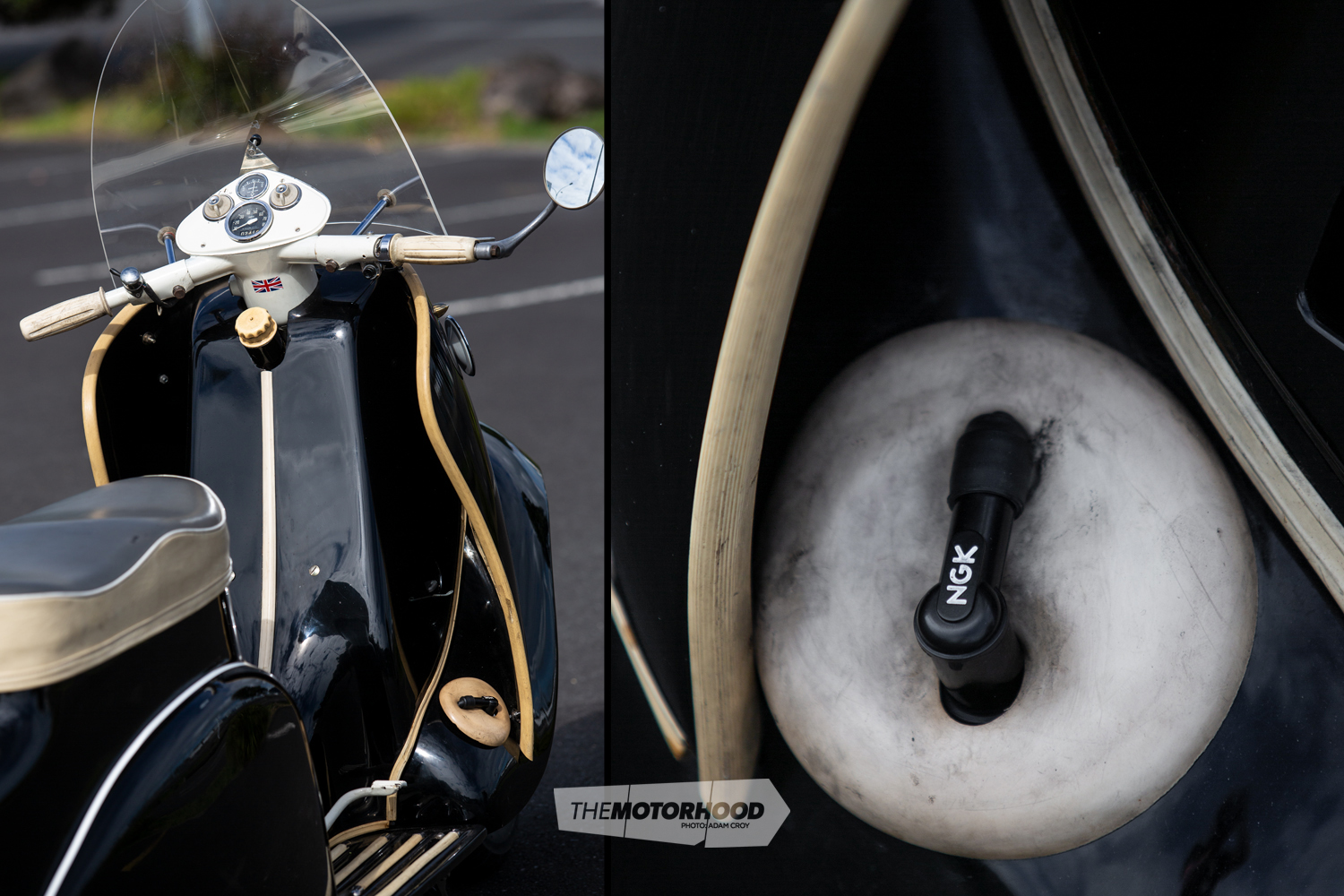
The scooter did not find favour with the mods who were snapping up stylish Italian Lambrettas and Vespas and at 200 pounds they were too dear for people who could buy a second hand Anglia for the same price, or save a bit more and get a new Mini for 500 pounds. The Viceroy sank almost immediately and, as legend has it, dragged the motorcycle company down with it.To be fair, though, the rest of the British bike industry fared no better against Japan’s superior offerings.
Shame, because the Velocette Viceroy was a great scooter, made by a great motorcycle company. Owner John Meharry filled us in on its merits in New Zealand Classic Car issue 340.
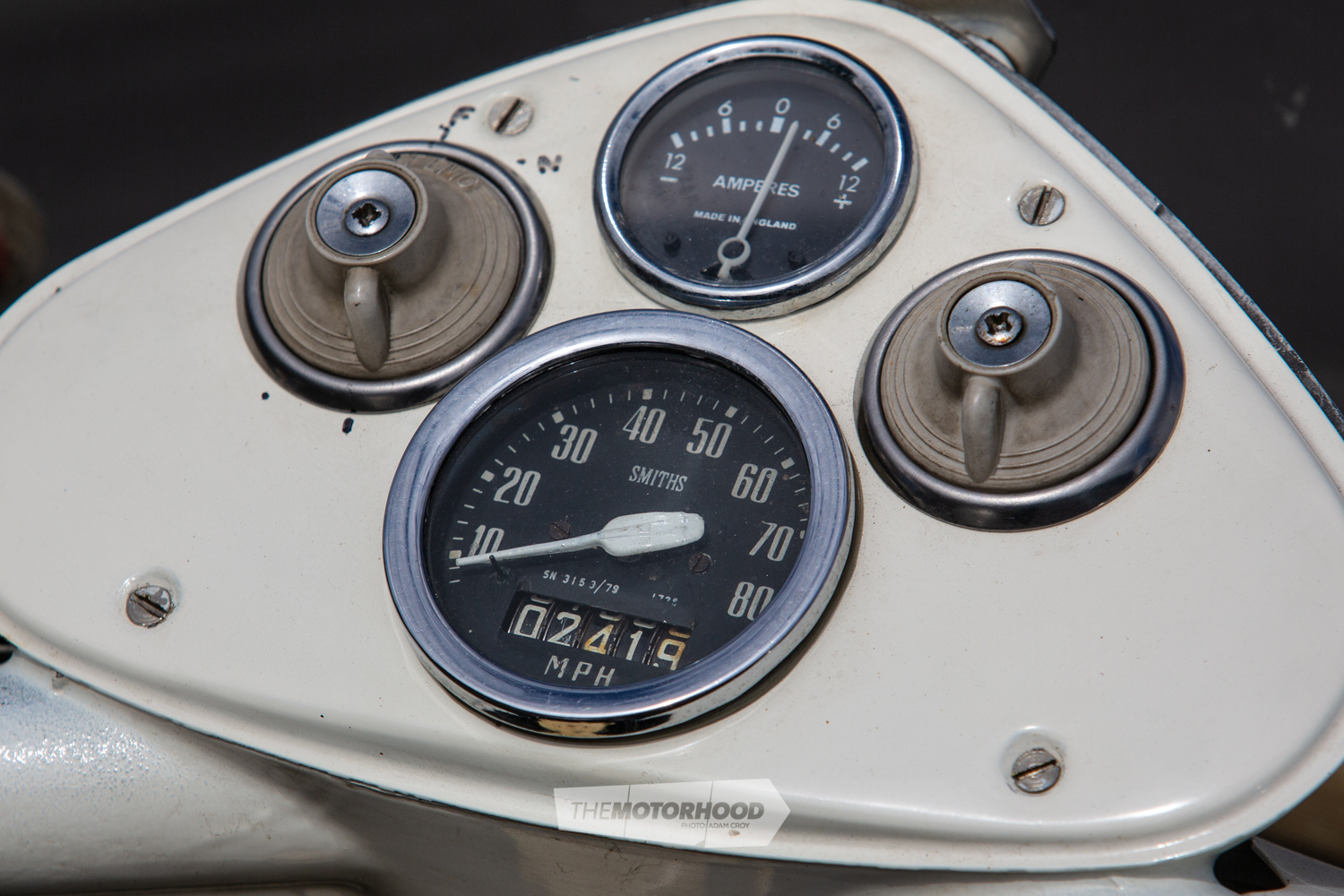
The LEs, on the other hand, were actually quite common and were often the first powered transport for people of a certain age — John bought three of them for five pounds when he left school — but they are markedly different from the gorgeous black and gold racers that made the company’s name on the Isle of Man.
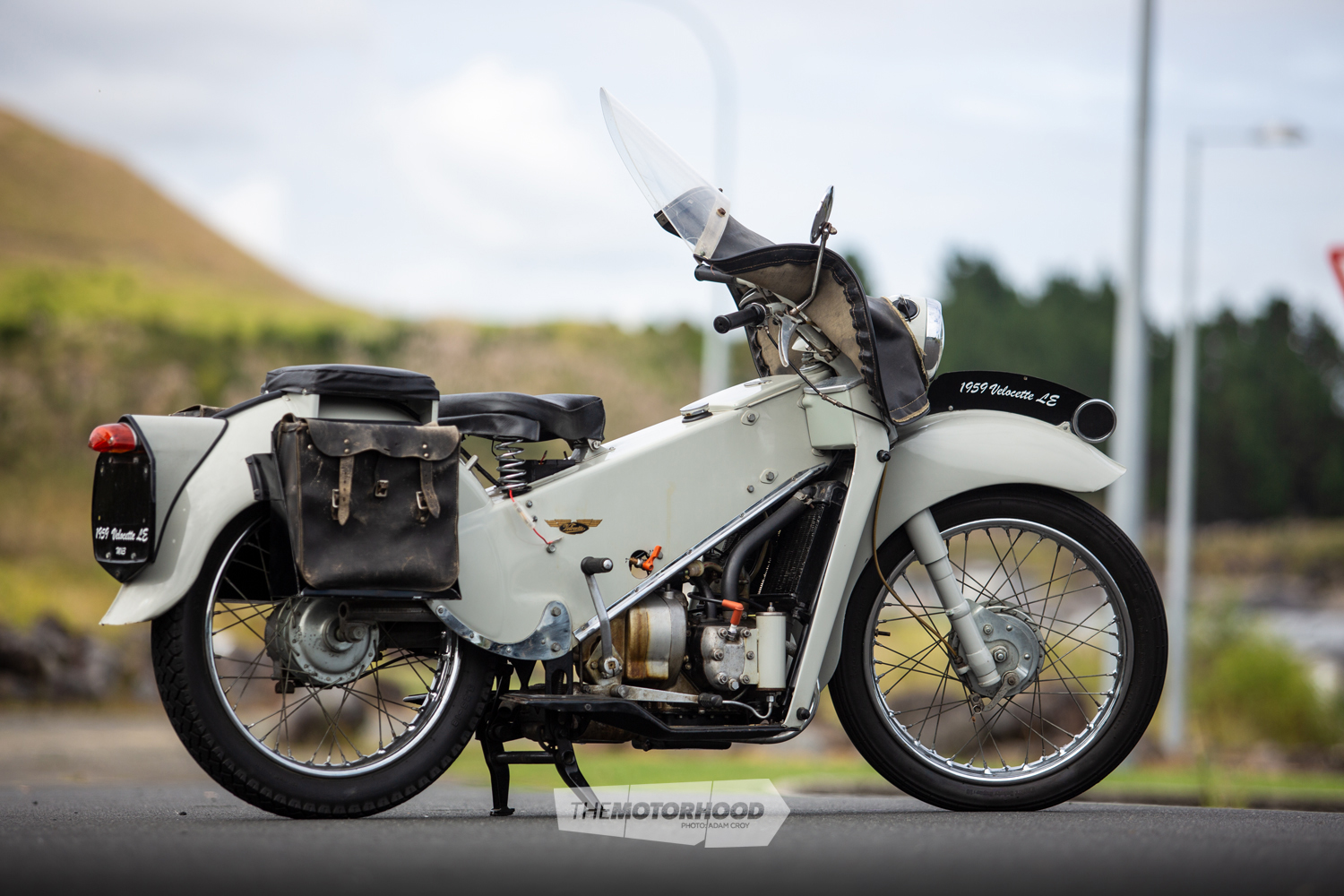
While the Viceroy petered out after four years, the LE was produced in three models, the first two with hand-operated gear levers, from 1948 until Velocette folded in 1971. The LE was a favourite with police forces. That’s why John obliged us by dressing up in a police uniform, staging handing out a ticket to a Viceroy rider. LEs were known as Noddies. Policemen were supposed to salute their officers but had to keep their hands on the bars, hence the officially-mandated nod. In reality, a Noddy-mounted bobby would have had little chance of catching a bold scooterist.
The LE’s 200cc engine was surely one of the last side-valve engines produced, and it was certainly much more antiquated than the two-stroke 250 in the Viceroy.

It was too feeble to go chasing down criminals, unless they were on foot, but the bike’s low centre of gravity, courtesy of its horizontally opposed twin, and tolerance to temperature thanks to its water-cooling, made them ideal for parking meter duties. That’s why most of the ex-police LEs have a worn-out first gear.
To see more of the Viceroy’s virtues, check out New Zealand Classic Car issue 340.
You can buy a copy of New Zealand Classic Car #340 now by clicking the cover below.


